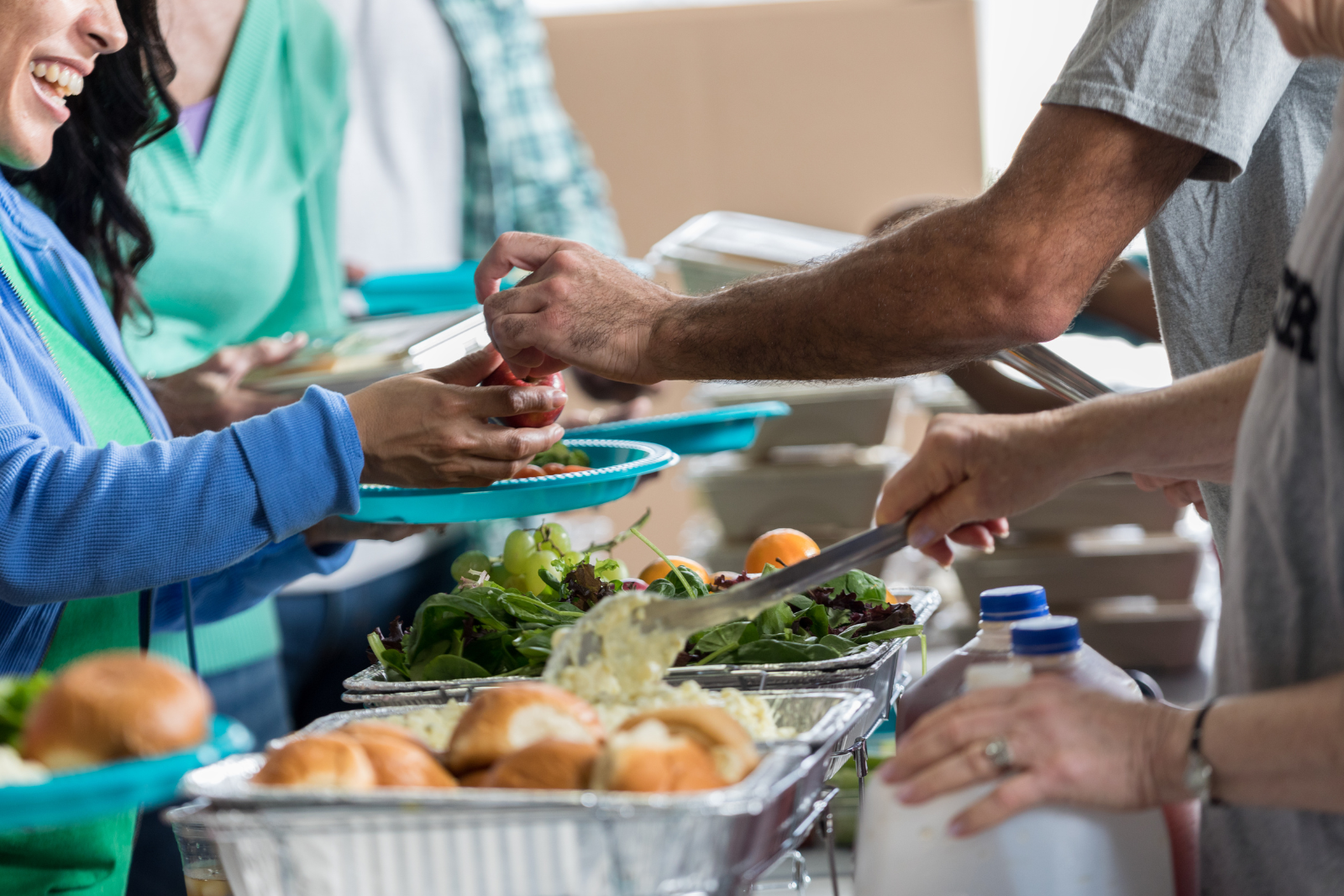Regulatory language is confusing–and reading the Food and Drug Administration’s (FDA) Food Code is no exception.
The FDA Food Code is a set of recommendations for food safety in the United States. It can be adopted at a local, state, or federal level. While it is a wealth of information and essential to your establishment's success, the Food Code certainly can be intimidating!
However, once you have instructions for how to decode the Food Code it becomes a simple tool to use. In this blog, we’ll offer tips to make it more accessible.
Read on to learn:
How is the Food Code structured?
How do I interpret the Food Code?
What do the different font styles mean?
“Control+F” is your best friend
Understanding versions and forms
How is the Food Code structured?
The Food Code is divided into chapters, parts, subparts, sections, paragraphs, and subparagraphs. The chart below shows a simple breakdown of how you would see these pieces written out.1
|
Chapter |
7 |
|
Part |
7-1 |
|
Subpart |
7-101 |
|
Section (§) |
7-101.11 |
|
Paragraph (¶) |
7-101.11(A) |
|
Subparagraph |
7-101.11(A)(1) |
Organized by principals
It separates topics by principle, not subject, to avoid duplication.
For example, chapter four focuses on the principle “Equipment.” It then breaks it down into subsections–like “Materials” and “Design and Construction,”–instead of subject subsections–like “Refrigerators” and “Thermometers.”
By separating topics by principle, the Food Code doesn’t need to mention items like thermometers again and again and again. 668 pages is long enough!
Provisions and annexes
Within the Food Code, provisions are the uniform standards that address food safety. These are the guidelines health inspectors hold establishments accountable to. Annexes include supporting information about the provisions.
Annexes are meant to help you implement the guidance of the provisions, and they can be a useful resource when planning stand-up training or continuing education for your team.
These are just a few annexes with important information for food managers:
-
Annex 1 outlines the framework for compliance and enforcement.
-
Annex 3 contains administrative guidelines.
-
Annex 5 describes the step-by-step process of performing an inspection.
-
Annex 7 contains forms and guides (including an inspection report reference sheet).2
How do I interpret the Food Code?
The phrasing and word choice within the Food Code may seem like a foreign language at first. Let’s define the words and phrases that most impact you and your establishment.
Debitable vs. non-debitable provisions
Think of debitable provisions as compliance criteria–which means the health inspector can cite your establishment for failing to adhere to these standards. A non-debitable provision is not intended for citation in an inspection report.
You can tell the difference between a debitable and non-debitable provision by how their section number is written. Non-debitable provisions are formatted in two ways:
|
Sections ending in two digits after the decimal point and the last digit is a zero |
§ 1-201.1 |
|
Sections ending in three digits after the decimal point and the last two digits are zero |
§ 8-805.100 |
Read each provision closely! If a provision has three digits after the decimal point but ends with only one zero–that is a debitable provision.
Under and in
The authors of the Food Code use “under” and “in” as cross-referencing tools to avoid repeating information throughout the text.
You will see “under” in a sentence like: “...as specified under § 5-203.11.” This refers you to a different part of the Food Code containing relevant information and also provides a system for recording violations under the “single most appropriate provision.”2
You may see “in” two different ways: “...as specified in law” or “as defined in § 5-203.100.” These phrases refer you to either an external reference document or a non-debitable section of the Food Code.
A simple way to remember the difference is to think “under” is in (the Food Code) and “in” is out.
Shall, may, and may not
These terms are commonly used in regulations to indicate whether something is required or allowed.
“Shall” is a command, meaning it is an absolute requirement.
“May” is permissive, meaning something is allowed.
“May not” is a complete prohibition.
What do the different font styles mean?
The Food Code uses various font styles to highlight words and sections for different reasons.
Terms are defined in SMALL CAPS throughout the Food Code, and it will appear in the “Definitions” section.
Sections of the code written in italics highlight exceptions or alternate needs for compliance within the section it’s included.
Superscriptslike this have to do with risks associated with each provision and will definitely be a part of inspections. They include:
-
Priority(P): This will be used to denote hazards (think cooking, reheating, cooling, and hand washing).
-
Priority foundation(Pf): This will be used for information that supports or facilitates one or more of the priority items.
“Control+F” is your best friend
“Control+F” (or “Command+F” for Mac users) can expedite your next research session.
This search shortcut, which we all know and love, allows you to easily navigate the Food Code and quickly find the specific topic you’re looking for.
For example, searching “food handler” will highlight its 13 mentions–and allow you to skip straight past its use in the Definitions section and reference citations.
As long as you have a keyword in mind, you can find answers faster than you think.
Understanding versions and forms
The FDA makes regular updates to the Food Code to keep the guidelines up-to-date with the latest food safety research. However, the FDA’s Food Code is a model for the states, meaning each state has the power to adopt the edition of its choice.
Versions
Every four years the Food Code is updated in its entirety. Two years after releasing an updated edition, the FDA publishes a supplement covering additional updates, modifications, and clarifications.
Full editions and supplemental editions are both called “versions.”
Short vs. long form
There are two ways state agencies document Food Code adoption.
A short form adoption means a state agency simply publishes a statement announcing the code has been adopted.
A long-form adoption is when an agency publishes a copy of the Food Code in its entirety.
Which state uses what version?
You can always look to your local or state health departments to find out which version of the Food Code applies to your establishment. You can also reference the FDA’s guide that tracks all states and territories. Below is a color-coded map that shows each state’s Food Code adoption status.3

The takeaway
Reading the Food Code can be intimidating, but it doesn't have to be. Understanding the structure, key words, and font styles makes it far more straightforward. Did your last review make you realize you need training or certification for your team? Look no further than Trust20’s suite of accredited products designed to help you achieve a strong food safety culture in your establishment.
Sources:






.png)

.png)
